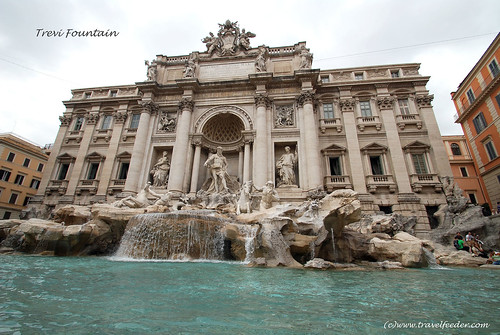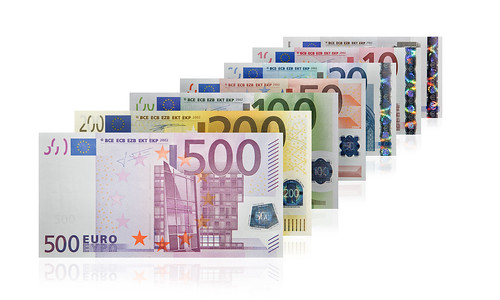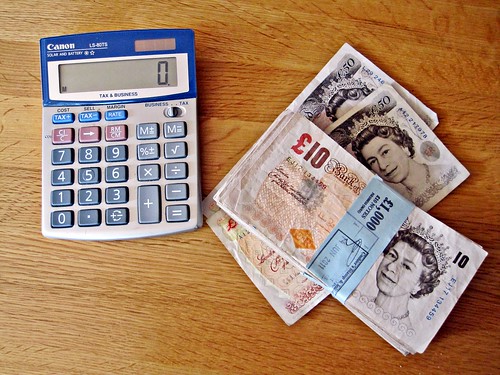From Travel To Photo – Guide on preparing foreign currencies for Europe travel
Thanks to the formation of European Union, most of the popular tourist destinations in Europe are sharing a common currency called Euro. This is good news to travelers as we don’t have to prepare foreign currencies for Europe travel and exchange currencies for each and every EU country on Europe travel. It is convenient for us to control our travel budget, as left over budget in one European country can be brought forward to other countries. I still remember how tricky it was when I needed to carry Pound Sterling, Swiss Franc, Deutsche Mark, French Franc and Italian Lira all at the same time in my wallet for my first visit to Europe 15 years ago.

Now, if you are visiting EU countries such as France, Belgium, Netherland, Italy, Germany, Greece and Spain, all you need in your wallet is Euro and that’s it! This makes planning tour travel budget, preparing foreign currencies for Europe travel and controlling your expenses much easier.
What if we carry only credit cards along? While most of the bigger establishment and restaurants in Europe accept major credit cards, street side stalls do not recognise your cards. Some of the countries such as Switzerland are still cash orientated.

Here are a list of some European countries and their preferred currencies:
- Belgium – Euro
- France – Euro
- Italy – Euro
- Spain – Euro
- Germany – Euro
- Netherland – Euro
- Greece – Euro
- Portugal – Euro
- Finland – Euro
- Ireland – Euro
- Austria – Euro
- Slovenia – Euro
- UK – Pound Sterling (GBP)
- Switzerland – Swiss Franc (CHF)
- Denmark – Danish krone (DKK)
- Czech republic – Czech crown (CZK)
- Hungary – Forint (HUF)
- Sweden – Swedish Krone (SEK)
- Turkey – Turkish Lira (TRL)
As you can see from the above list, most of the popular European travel destinations recognize Euro, while others do accept Euro and will give back smaller change in local currencies. Having said that, for peace of mind on travel, you will still need to prepare some different currency notes for non-EU countries. How should we prepare the foreign currencies we need in Europe?
As what we have learnt in Chapter 3 of my From Travel To Photo e-guide, we should have our travel budget in hand. What we should do before our departure date is to watch closely the currency exchange rate from your local Bureau de Change and other vendors. One of the good options is to check the rates through online foreign exchange specialists such as Travelex. Once you think the rate is reasonable, change whatever foreign currencies for Europe travel that you need to spend before you fly.

Being rules of thumbs, changing it before you fly would be cheaper than doing it at your destinations. The reasons why are we don’t have the leisure to survey various vendors for the cheapest rate and those Bureau de Change you will find in the airport or train stations are normally charging higher commission.
For budgeting purposes, exchange amount of money that just enough for what you need but not what you might need. Additional money needed for buying your LV or Longchamp bags can always use credit card as those luxury fashion shops will have the VAT claim form prepared for you and any refunded money will be debited into your card account a couple of months later, when you are already back to your home country.
Afterall, just remember to get one of those security belt to secure your money and you are ready to fly. 🙂 – Travel Feeder, your ultimate travel photo guide
About The Author
Cecil Lee
The author is an avid traveler and photography hobbyist who loves to share with others his travel and photo-taking experience in many popular tourist destinations around Europe, Asia and Australasia. Read the exciting stories with many photos captured on his journeys.




Thanks for sharing the grea8 idea’s 🙂
- April 18, 2015In italy we have EURO but we wont to go back to the LIRA!!! HELP!!!!! :-))
- February 25, 2016